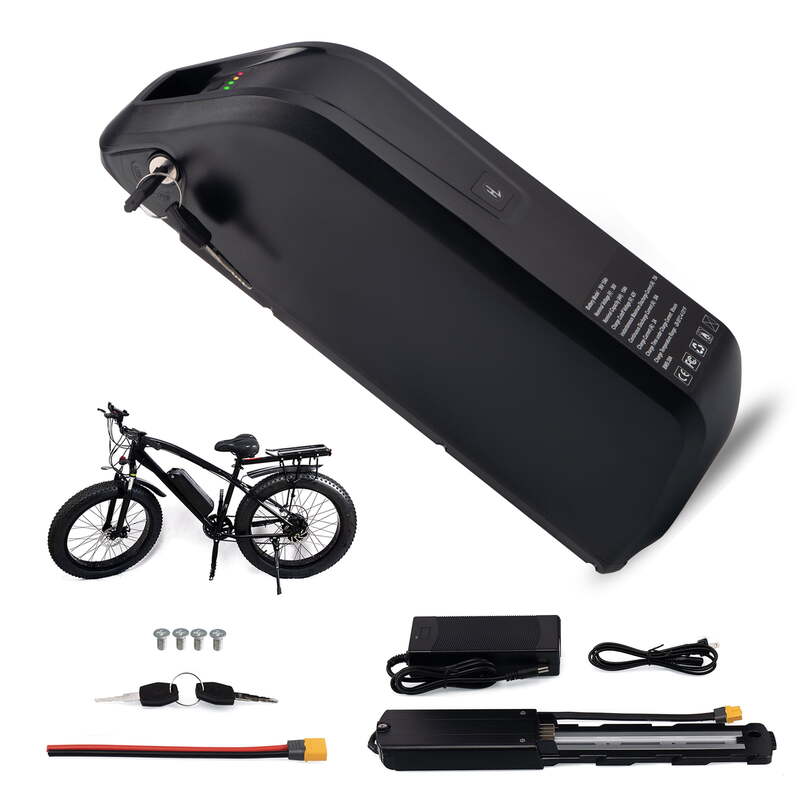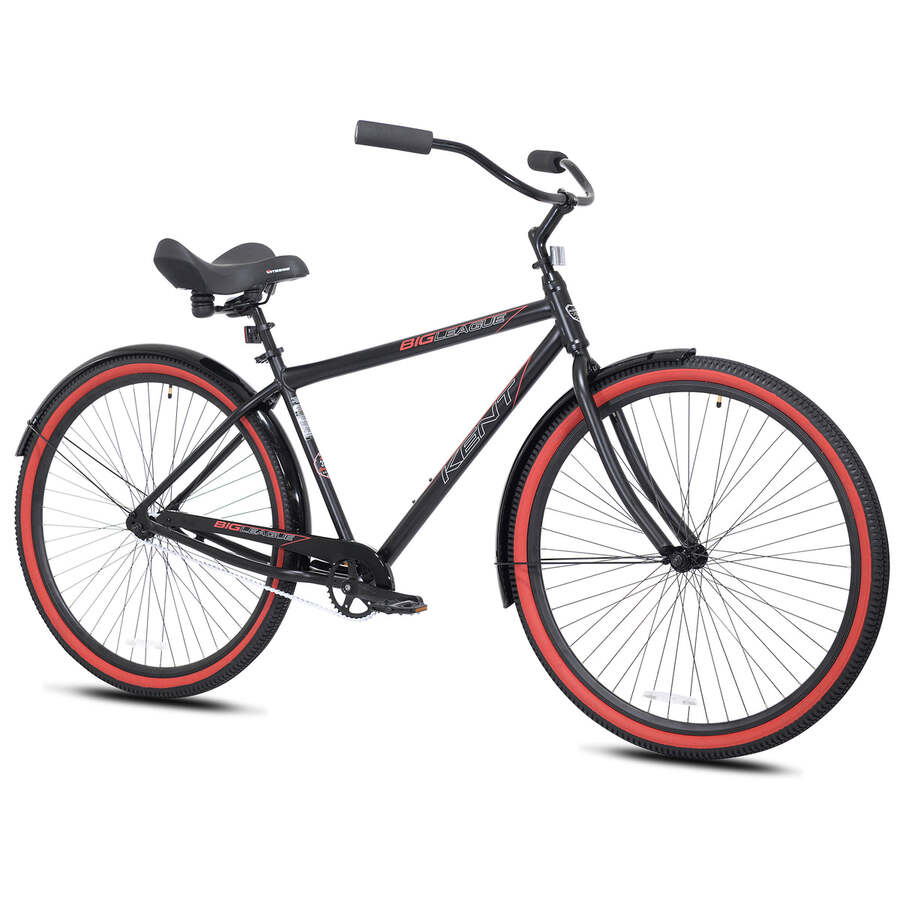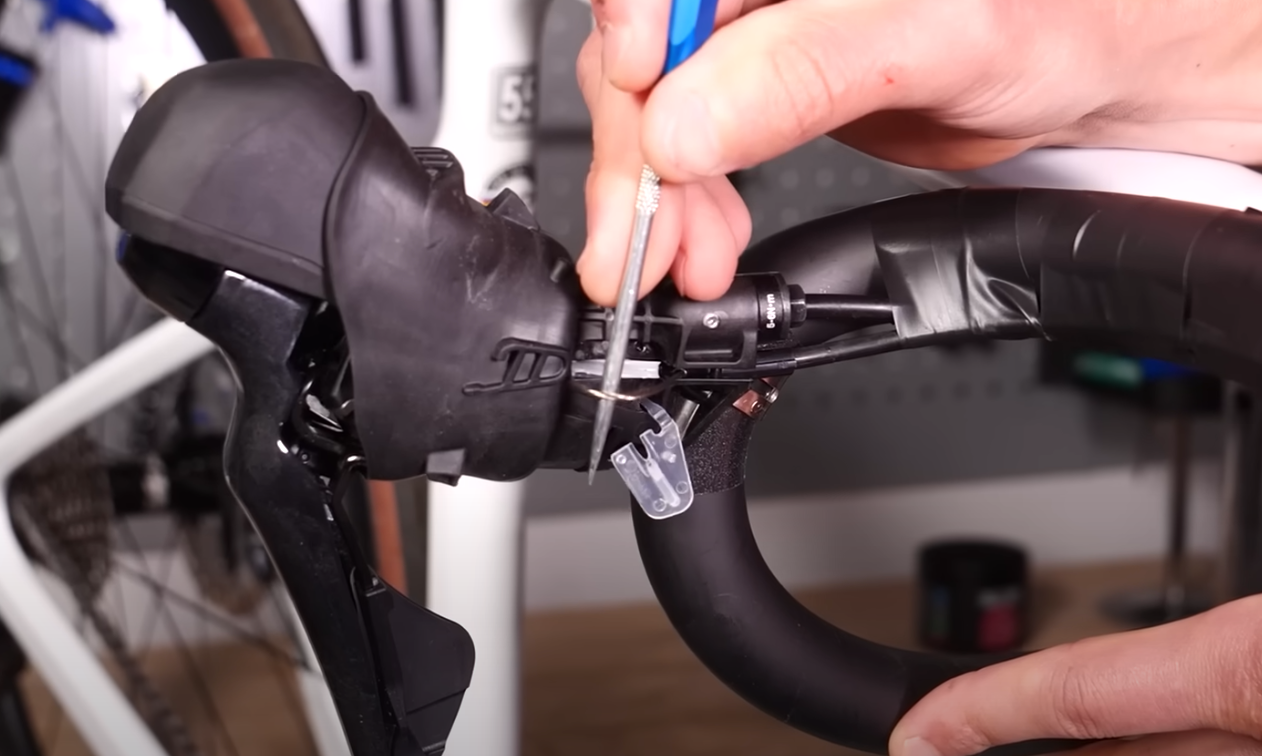Charging an e-bike battery without a dedicated charger can seem daunting at first. However, understanding the various methods available can empower you to keep your bike operational even in emergencies. Traditional charging relies on specific equipment designed for the battery’s chemistry and specifications. When that equipment is unavailable, alternative approaches can prove useful. It’s essential to ensure that your battery is compatible with the method you choose to avoid damaging it. This article will explore several practical ways to charge your e-bike battery without a charger.
Understanding E-Bike Battery Types
Before diving into alternative charging methods, it’s crucial to understand the types of batteries typically used in e-bikes. Most commonly, e-bikes utilize lithium-ion or lead-acid batteries. Each type has its own set of characteristics, advantages, and requirements. Recognizing these differences will aid you in choosing the appropriate method for charging.
Lithium-Ion Batteries Explained
Lithium-ion batteries are popular in electric bicycles due to their high energy density and lightweight nature. They charge quickly and maintain their performance over numerous cycles. However, they require a specific voltage to charge effectively.
Charging lithium-ion batteries improperly can result in significant damage. Overcharging may lead to swelling or, in worst-case scenarios, fire. It’s crucial to exercise caution when using makeshift charging methods. Always monitor the voltage levels while charging.
Understanding Lead-Acid Batteries
Lead-acid batteries are a more traditional option, often used in older e-models. These batteries are heavier but are durable and cost-effective. They typically require a slower charging process compared to lithium-ion batteries.
Although charging lead-acid batteries can be more forgiving, overcharging can still cause damage. This damage could shorten the overall lifespan. Understanding how lead-acid batteries work will guide you to a more efficient charging method.

Alternative Charging Methods
Now that you understand the battery types, let’s explore alternative charging methods. Each method has its own advantages and challenges. However, they can all serve as temporary solutions, especially when isolation occurs.
Using Solar Panels for Charging
Solar panels can be an excellent way to charge e-bike batteries on the go. They harness sunlight and convert it into electrical energy. This method is especially handy if you’re on long rides or camping.
To charge using solar panels, you’ll need a compatible solar charger. Ensure that the solar charger can handle the battery’s voltage and current requirements. Connect the solar charger to the battery terminals properly.
While using solar panels, keep an eye on the weather. Charging may take longer during cloudy or rainy days. The efficiency of solar panels slices down dramatically under such conditions. Still, this method offers a sustainable and eco-friendly way to support your cycling journey.
Utilizing Car Battery for Charging
Another method is using a car battery to charge your e-bike. Car batteries provide a higher voltage and are readily available in many situations. However, caution should be exercised when doing this to avoid damaging your e-bike’s battery.
Start by using jumper cables, connecting the positive and negative terminals of the e-bike battery to the car battery. However, you’ll need to design a makeshift system that regulates the charging voltage. A voltage regulator can help manage it.
Once connected, monitor the battery closely. The charging time may differ compared to standard charging methods. Ensure the cables are secure, preventing any accidental disconnections. This method is practical but can be risky if not done correctly.
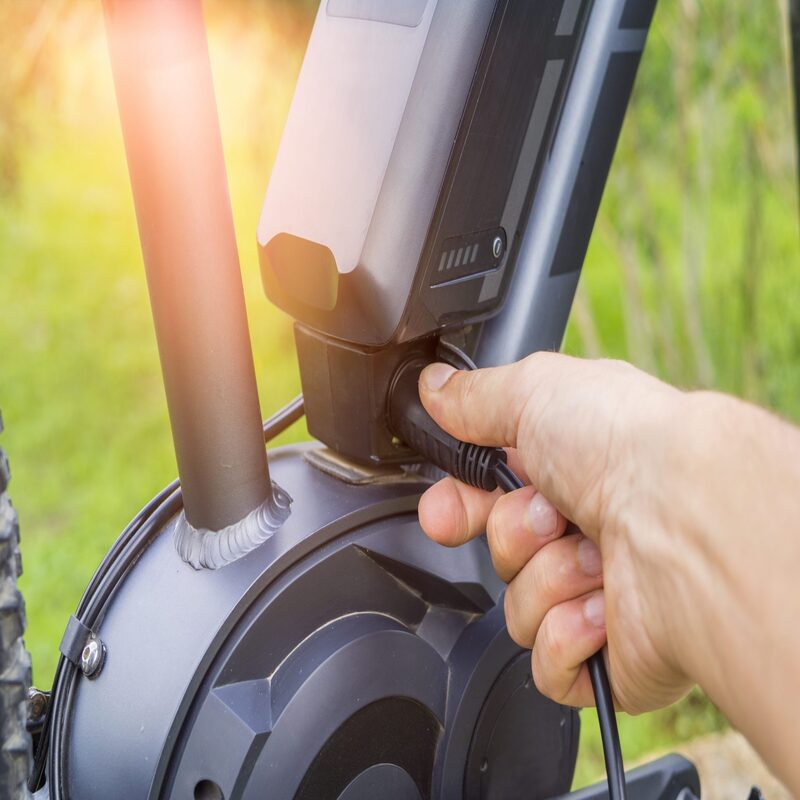
Choosing the Right Method
Choosing the appropriate charging method depends on various factors. Consider the situation, your knowledge, and the resources available. Picking the wrong method can complicate things or cause harm.
Assessing Available Resources
Take stock of what you have at your disposal. Do you have access to solar panels? Is a car battery nearby? Evaluating your resources will help streamline your decision-making process.
If solar panels are available, they can provide clean energy and are environmentally friendly. On the other hand, if a car or another battery is nearby, that may be quicker to implement. Understanding your options allows you to make informed choices.
Evaluating Charge Time and Efficiency
Consider how quickly you need your battery to be charged. If you are on a tight timeline, a car battery might provide a quicker solution. Meanwhile, solar panels would take longer unless you’re in a sunny location.
Efficiency is another aspect to assess. Solar charging may be slower but is sustainable. Meanwhile, using a car battery can be efficient but could risk damaging your e-bike battery. Balance your urgency and the method’s safety to find the best approach.
Safety Precautions to Take
Safety should always be your top priority when charging batteries. Improper handling can lead to dangerous situations, including fires and battery ruptures. Therefore, following safety protocols is essential.
Checking Voltage and Amperage
Before connecting any battery, verifying the voltage and amperage is paramount. Ensure that the voltages match; otherwise, you risk harming your e-bike battery. Use a multimeter to check the battery levels.
Moreover, be aware of the amperage. Charging at too high a current can overheat and cause irreversible damage. If using alternative sources, ensure you’ve adjusted the current before starting the charging process.
Working in a Safe Environment
Always charge batteries in a well-ventilated area to avoid the accumulation of harmful gases. Avoid charging near flammable items. Establish space where you can monitor the process for potential accidents.
Additionally, keep necessary tools and safety equipment handy. This can include gloves and safety goggles. Being prepared not only protects you but also makes the process more efficient.
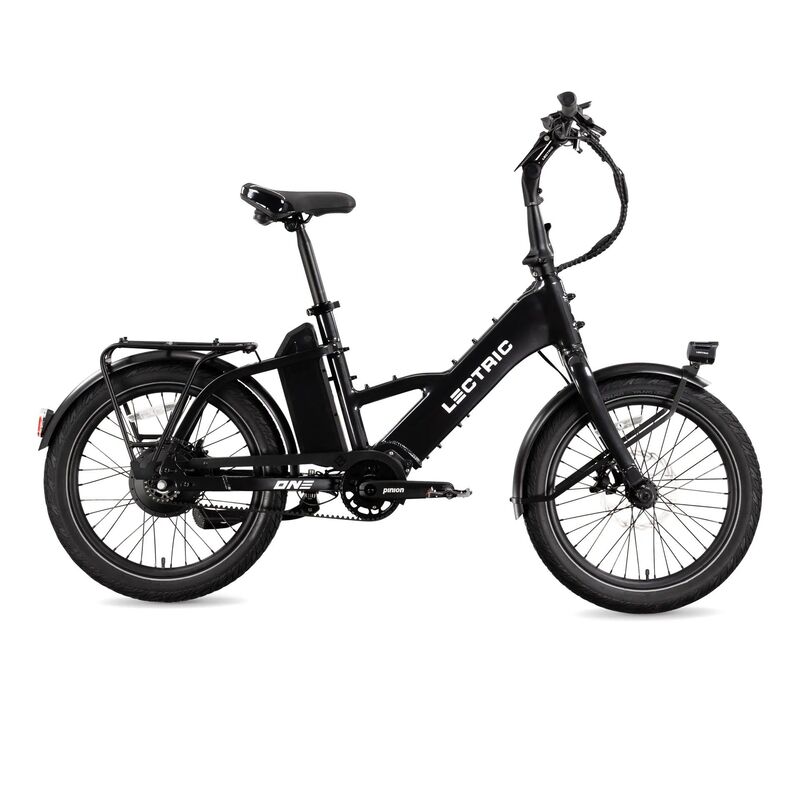
Troubleshooting Charging Issues
While charging can be straightforward, issues may arise. Understanding basic troubleshooting can help you resolve these problems effectively.
Identifying Common Problems
Familiarize yourself with common charging issues. These can include slow charging, no charging, or overheating. Identifying the problem early on can lead you to a quicker solution.
For example, if the battery does not charge, check all connections. Faulty cables can often disrupt the process. Similarly, assess the source; make sure it functions properly and meets your battery’s power needs.
Steps to Resolve Charging Problems
Once you’ve identified the issue, take appropriate steps for resolution. For slow charging, reassess the current flow and voltage regulations. You might need to adjust systems or consider an alternate method.
For overheating issues, disconnect the battery immediately. Allow it to cool down before trying again. This way, you prevent potential long-term damage and ensure the battery’s health. Always remember that patience is crucial in this process.
Emergency Preparedness for E-Bike Riders
Being prepared can save you from unnecessary inconveniences. E-bike riders should have a plan for emergency situations, especially involving battery charging.
Creating a Charging Kit
Consider assembling a basic charging kit that includes essential items. This can be a portable solar charger or adapters to connect to car batteries. Always choose a kit that matches your specific bike’s requirements.
Additionally, keep spare cables and a multimeter in your kit. These will help you diagnose problems and implement alternative charging methods swiftly. The right tools can mitigate risks associated with alternative charging.
Planning Your Routes Wisely
Planning your routes in advance allows you to know where you can charge your battery. Look for cafes, parks, or other establishments where you might find a power source. Factor this into your journey so you aren’t left stranded.
Moreover, apps that track charging stations for e-bikes can be helpful. Stay informed about your surroundings, and always have a backup plan. This can enhance your riding experience and lessen the likelihood of future charging issues.
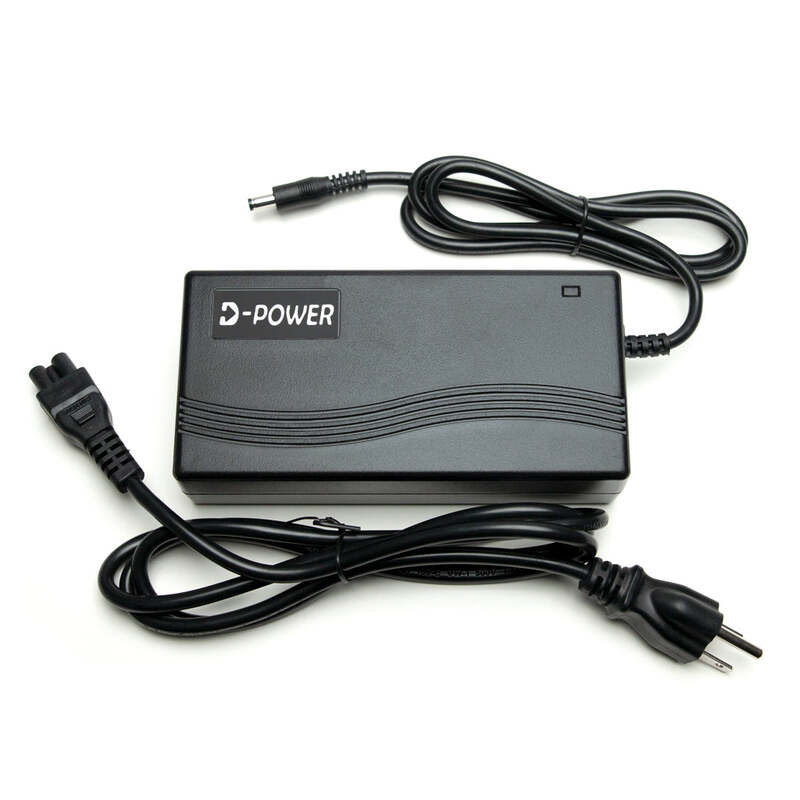
Long-Term Battery Care
Taking care of your e-bike battery will prolong its lifespan. Understanding charging habits is critical for maintaining battery health.
Charge Cycles and Best Practices
Familiarize yourself with your battery’s charge cycles. Lithium-ion batteries prefer partial discharges to deep cycles. This keeps them healthier over time.
Charge your battery regularly, but avoid letting it completely drain. Maintaining a battery’s charge level contributes significantly to its lifespan. Only use alternative charging methods in emergencies.
Storage Tips for E-Bike Batteries
When storing your e-bike battery, place it in a cool, dry location. Extreme temperatures can damage battery cells. Ideally, store the battery at around 50% charge level. This prevents the battery from degrading over long periods.
Regularly inspect the battery for issues, including swelling or leakage. Early detection of problems can save both time and money. Prioritize proper care to maximize your e-bike battery’s longevity.

Conclusion: Empowering E-Bike Riders
Charging an e-bike battery without a charger is feasible, but it comes with responsibilities. Understanding battery types, alternative methods, and safety measures will empower you significantly. Being informed allows you to make better decisions when faced with a situation that requires immediate action.
As you develop your knowledge about charging alternatives, always prioritize safety. Ensuring your battery remains functional requires commitment, but the rewards of a sustainable lifestyle are worth it. Your preparedness not only enhances your riding experience but can also inspire others to embrace eco-friendly biking solutions.
